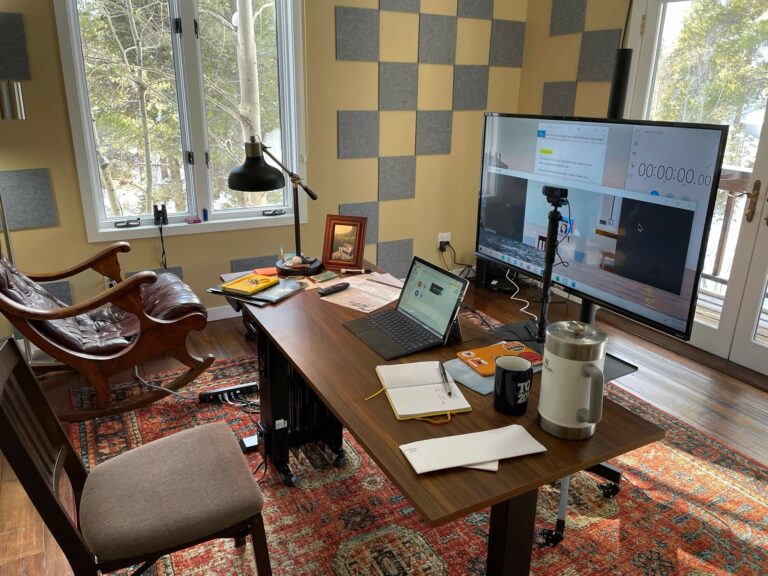If you’re like most business owners who have started their business from scratch, or if you have seen a big growth spurt and you’re acknowledging that you can’t do it all, it’s time to learn to delegate. While in startup mode, you likely did everything. (And I mean everything!) You had your hands in the books, sales, marketing, strategic thinking, inventory, scrubbing the bathrooms, answering the phones, and on, and on, and on. This would have included things you were great at and things you were awful at; the tasks did not care if you were good or bad at them as long as they were completed. This would also include things you loved and things you hated. As your business has grown, old habits may have you still doing things that are not the highest and best use of your time. You’re now likely in a spot where you are physically incapable of doing it all. In this situation, you are going to burn out.
In many cases, the entire management team has gotten to a point where everyone feels like they have to do everything. Due to this mentality, nothing is getting done well. This is often a result of a culture not knowing how to adapt and delegate. In EOS, we take the time to identify the top five job responsibilities are for a particular position or “seat”. When that has been completed, we ask if the person who will be sitting in the “seat” will “G.W.C.” it. This means: do they Get It (understand and have the talent and ability to do it), Want it (really want to take on the responsibilities of the seat), and have the Capacity (Time) to do it? Most of the time, G and W are easy, but everyone says they never have enough time. This is when we would introduce the idea of finding your “100%” as discussed before. We take it one step further and introduce them to the EOS Elevate and Delegate tool. I love this tool.
Here is how I teach the use of the EOS Elevate and Delegate Tool:
First, I would advise someone to document all the tasks they do and roughly how much time it takes to do them over the course of a week. They should use broad strokes and start with roughly 15-minute intervals. Once they have this, it fully outlines where they are spending most of their time. At this point, they can sit down with this list and fill out the Elevate and Delegate tool below as honestly as possible, putting each task in one of the four quadrants.
The four quadrants are outlined like so:
- Love it Great at it (top Left)
- Like it Good at it (top right)
- Don’t like it good at it (bottom left)
- Don’t like it and not good at it (bottom right)
This tool will begin to help you understand where you are with your tasks and what you can start to let go of. It can help you determine what you don’t want to do and focus on where you can enjoy yourself and really kick ass. The goal is to start to making a plan to delegate those things in the lower quadrants to others who will like them and do a better job. If you are the owner of the business, begin to identify who will love the things you hate and start to delegate those items out. Once you have identified them, make a plan and execute it. Make this a priority. Look for ways that you can delegate to an assistant, or contractor, or others on your team. If you are an employee: do the same thing, go to your direct report, and help them understand how much more you will be able to contribute when you get away from these tasks. Know that in all cases, if you are accountable for doing a task, it still has to be done. We can’t just walk away from it. However, once challenging tasks have been identified and a plan is made to remedy it, most people can last a lot longer when they know there is light at the end of the tunnel. The ultimate goal, and the place where you will find exceptionalism, is where most of your time is spent in the upper left quadrant, loving what you do and doing it really well.
NOTE:
If most of your tasks are in the lower quadrants, or worse in the lower right quadrant, you are in the wrong seat. You likely hate your job and are likely, no offense, not very good at it. Go find a different seat in your company or a different seat with a different company.
Simple Exercise 3:
- Take a week to outline your tasks and form a rough sketch of what you are doing. This will allow you to get a real idea of how much time you are investing and in what tasks. It will also have the inadvertent effect of showing you where you really spend your time.
- Load your tasks into the EOS Delegate and Elevate tool and make a plan on how and when to execute it.
Execute the plan and teach to everyone on your management team.
If this has resonated with you and you’d like to learn more about how to delegate and elevate your team, feel free to contact us for a free consultation today!







